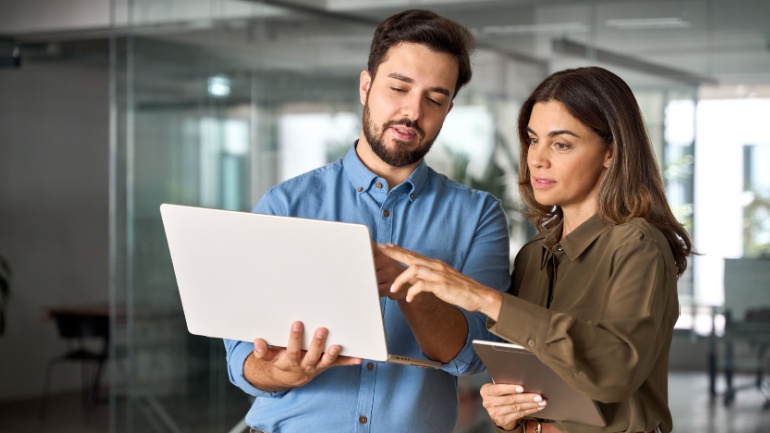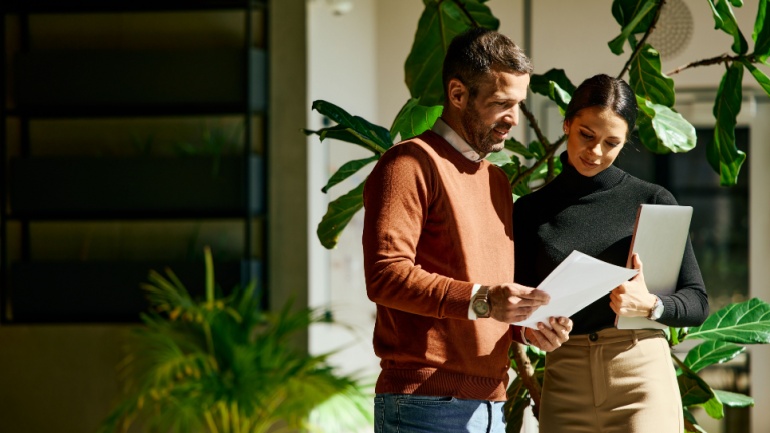The government of Peru’s innovative plan to allocate 5G spectrum to telecommunication operators prioritizes coverage expansion over cash payments. This initiative aims to accelerate the deployment of 5G standalone technology, particularly in underserved rural areas. This regulation enhances infrastructure growth while reducing financial burdens, promising to reshape Peru’s telecom landscape.
NTT Docomo is set to launch New Radio dual connectivity technology, offering download speeds up to 6.6 Gbps using 5G Standalone architecture. Utilizing sub-6GHz bands and mmWave, this VoIP-enhancing tech will debut in Tokyo and Kanagawa starting August 1.
Deutsche Telekom now operates 12,150 5G antennas across 920 German cities, leveraging the 3.6 GHz spectrum. This expansion enhances mobile services, adding 676 new locations. Around 97% of German households have access to Deutsche Telekom’s 5G network. The company also plans to introduce 5G Standalone in Germany this year.
The Office of the Communications Authority (OFCA) in Hong Kong will auction new spectrum in the 850/900 MHz, 2.3 GHz, and 6/7 GHz bands to boost 5G network capacity, speed, and coverage. This strategic allocation is vital for enhancing public mobile communications, offering long-term licenses to successful bidders.
Spanish telecom giant Telefonica and Digi have signed a 16-year mobile network agreement effective January 1, 2025. This deal enhances their collaboration, covering National Roaming and RAN sharing services. By leveraging Telefonica’s superior infrastructure, Digi can transition from an MVNO to a full-fledged MNO, ensuring high-quality VoIP services.
Dutch operators KPN, Odido, and Ziggo have secured new 5G frequencies in a recent auction. The 174.4 million euro investment ensures cutting-edge capabilities for VoIP communications, benefiting sectors like healthcare and logistics.
Verizon strongly opposes the Public Safety Spectrum Alliance’s proposal to allocate the 4.9 GHz band to FirstNet, operated by AT&T. Verizon argues this would disrupt competitive balance and unfairly benefit AT&T. This debate within the FCC could significantly affect public safety communications and commercial wireless use, making it a critical issue for the voip industry.
The Netherlands’ telecommunications regulator has announced that KPN, Odido, and VodafoneZiggo each secured 100 MHz of spectrum in the 3.5GHz band, marking a significant step for 5G development in the country. This auction, raising €174.4 million, ensures advanced 5G services with enhanced network capacity and higher throughput, promising innovations for businesses and consumers alike.
Stage X, poised to become South Korea’s fourth mobile network operator, is now facing the revocation of its license due to financial discrepancies. The government is reportedly on the verge of pulling the plug on the firm’s spectrum rights, according to Yonhap news agency, which cited a statement from the Ministry of Science and ICT (MSIT).
In a groundbreaking move, Hong Kong has allocated mmWave frequencies to its four mobile network operators without charging for the spectrum. The Office of the Communications Authority (OFCA) announced on Tuesday that it will distribute 1.2 GHz of spectrum in the 26 GHz and 28 GHz bands in the third quarter of this year, following applications from the telcos earlier this year.













